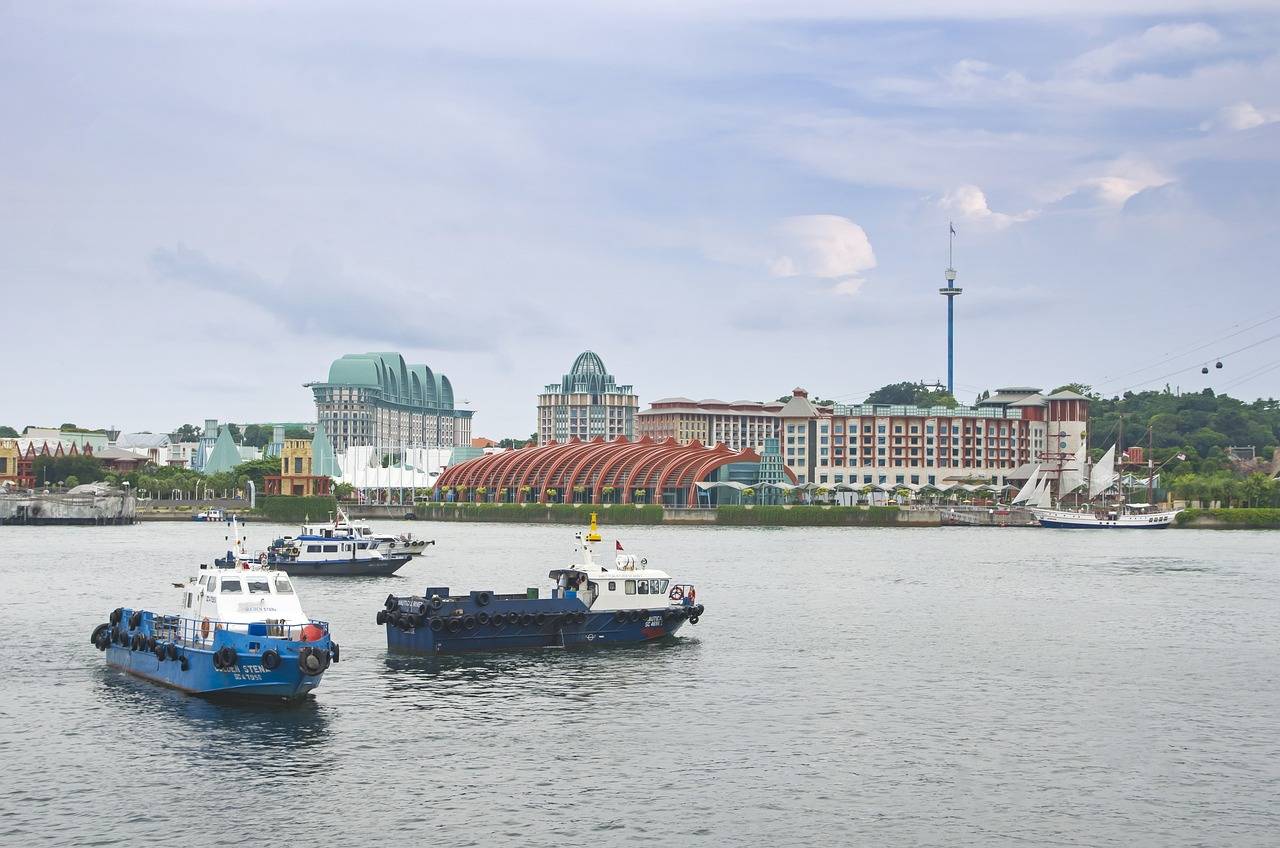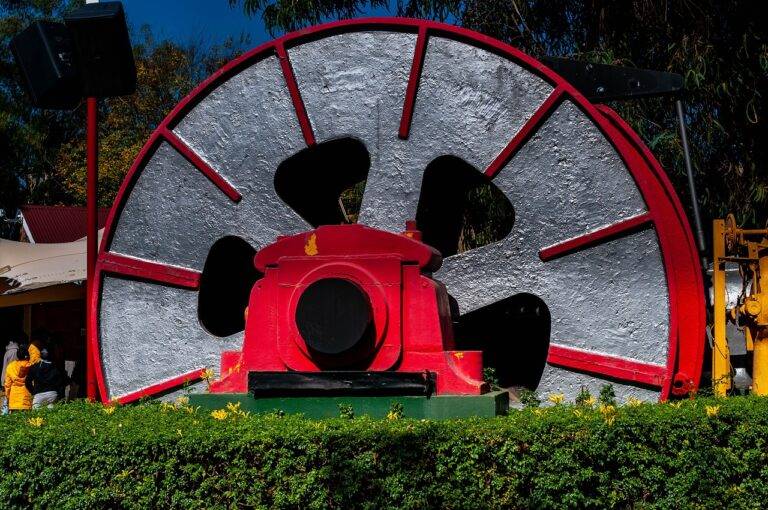Review: Breakthroughs in Virtual Production Techniques
Virtual production has significantly evolved over the years with the integration of cutting-edge technologies. The use of real-time rendering engines and LED walls has revolutionized the way films and TV shows are produced. These advancements allow filmmakers to visualize complex scenes in a digital environment, enhancing creativity and streamlining the production process.
Furthermore, the implementation of virtual cameras and motion capture systems has added a new dimension to storytelling. By capturing actors’ performances in a virtual space, directors have more control over camera movements and can explore different perspectives with ease. This technology has opened up endless possibilities for creating immersive and engaging content for audiences around the world.
Enhanced Realism in Virtual Environments
One significant advancement in virtual environments is the integration of photorealistic graphics that blur the lines between the real world and the virtual space. High-resolution textures, realistic lighting effects, and intricate details contribute to creating an immersive experience for users. From the minute details of a character’s facial expressions to the dynamic movements of natural elements like water and fire, the level of realism achieved in virtual environments is rapidly approaching that of reality.
Furthermore, advancements in motion capture technology have allowed for more realistic character animations in virtual environments. By capturing the nuances of human movement and expression with greater precision, virtual characters can now convey emotions and interact with their surroundings in a more lifelike manner. This heightened level of realism not only enhances the visual appeal of virtual environments but also adds a new layer of depth to storytelling and gameplay.
Revolutionizing Pre-Production Processes
Virtual production technologies have completely transformed the traditional pre-production processes in the entertainment industry. By leveraging cutting-edge tools such as virtual reality (VR) and real-time rendering, filmmakers can now visualize and plan their shots in a digital environment before ever setting foot on a physical set. This revolutionary approach allows for greater creative exploration and experimentation, leading to more efficient and cost-effective productions.
Furthermore, virtual production enables seamless collaboration between different departments involved in pre-production. From directors and cinematographers to production designers and visual effects artists, everyone can work together in a shared virtual space to refine and finalize the creative vision of the project. This level of integration not only streamlines the workflow but also ensures that all stakeholders are on the same page from the outset, minimizing potential misunderstandings or production delays.





